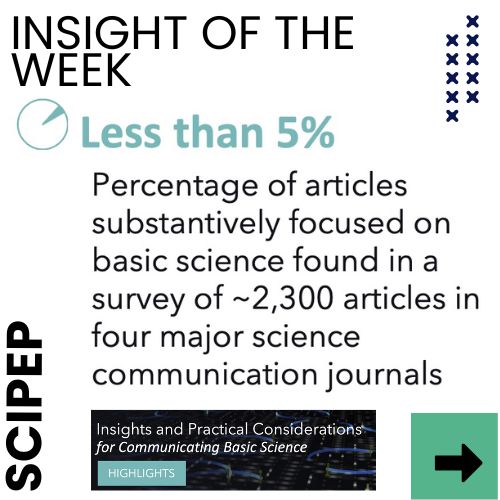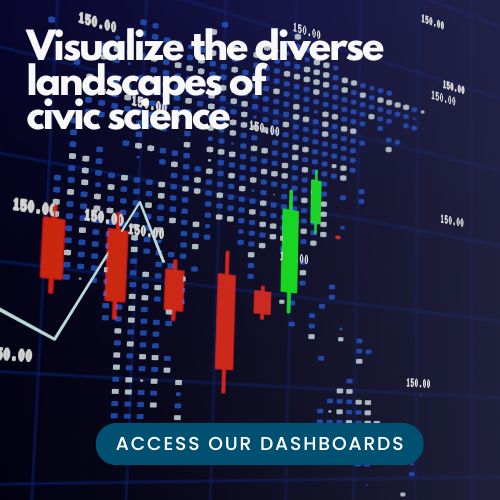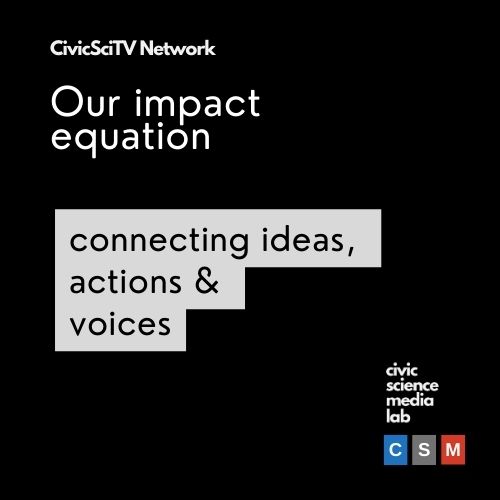Civic Science Times
Science and education in Uganda
by Staff
[dropcap]T[/dropcap]he Ugandan government has a policy whereby science subjects are compulsory for secondary school students. The policy took effect in 2006 (1). The policy also provides financial support to university students taking science subjects. Some have criticized the policy because it has put girls at a disadvantage (2).
Below is some data from UNESCO Institute of Statistics (3) showcasing education data from Uganda. It was visualized in an effort to help STEM initiatives and organizations in Uganda.
References
(1) Science education gets double boost in Ugandawww.scidev.net/global/education/news/science-education-gets-double-boost-in-uganda.html
(2) Namatende-Sakw, Lydia (2013). Government Policy on Science Education in Uganda: A Glass Ceiling for Women’s Access to Higher Education. https://biblio.ugent.be/publication/2890724/file/2911818.pdf
(3) UNESCO Institute of Statistics – http://data.uis.unesco.org/
The CS Media Lab is a Boston-anchored civic science news collective with local, national and global coverage on TV, digital print, and radio through CivicSciTV, CivicSciTimes, and CivicSciRadio. Programs include Questions of the Day, Changemakers, QuickTake, Consider This Next, Stories in Science, Sai Resident Collective and more.

-
Civic Science Times3 weeks ago
Chasing your why: Emma Bleakman on founding Bright Light Neuro, a new way of thinking about neuroscience curriculum.
-
CivicSciTV - Questions of the Day4 weeks ago
From the lab to the classroom & beyond: Prof. Nannas shares insights from her science engagement
-
CivicSciTV - Perspective2 weeks ago
Examining the theory of change behind the new docuseries ‘From Soil to Soul’ that’s reconnecting with food systems & learning from marginalized voices
-
CivicSciTV - Changemakers3 weeks ago
Journeys in civic science: Dr. Theresa Donofrio reflects on her scholarship and career path























